Neurofeedback Proven To Improve Sleep By Changing The Condition of the Brain
Table of Contents: Promoting Good Sleep with Neurofeedback Training | Types of Sleep Disorders | Taking Back Control | Improved Aspects of Sleep
Loading Video...
Promoting Good Sleep with Neurofeedback Training
Without a good night’s sleep, a person will eventually experience physical and psychological issues. The reason is that while the body sleeps, it goes through a period of restoration. Therefore, if someone does not get enough sleep or sleep is constantly disrupted, healing cannot take place. To promote restful sleep, more and more people are turning to alternative treatments to include neurofeedback training.
Types of Sleep Disorders
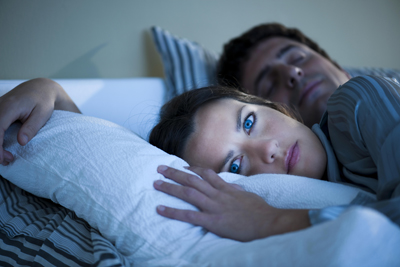 There is a considerable list of sleep disorders, some that produce mild effects and others that are more serious. However, no matter the type or intensity of the sleep disorder, if not properly treated problems will eventually develop. For that reason, it is always best to identify warning signs of an impending problem whereby neurofeedback training can be used as a preventative tool.
There is a considerable list of sleep disorders, some that produce mild effects and others that are more serious. However, no matter the type or intensity of the sleep disorder, if not properly treated problems will eventually develop. For that reason, it is always best to identify warning signs of an impending problem whereby neurofeedback training can be used as a preventative tool.
However, even for someone who already has a sleep disorder, this same type of biofeedback is highly safe and effective. When used to overcome an existing problem with sleep, neurofeedback training works more as a corrective tool. Below we provided a brief overview of the most common types of sleep disorders for which this training is beneficial.
- Insomnia – This is one of the best-known sleep disorders, which is generally related to a stressful situation such as serious illness, loss of a loved one, divorce, job layoff, and so on. Now, if sleep insomnia lasts for three months or more, it is then reclassified as “chronic insomnia”. Although the symptoms are much the same, treatment can become somewhat more challenging.
- Sleep Apnea – With this, an individual stops breathing during sleep. Usually, breathing stops numerous times, each lasting 10 seconds or more. Sleep apnea also produces several symptoms that include fatigue, dizziness, heavy snoring, gasping, headaches, blurred vision, shortness of breath, and leg swelling.
- Narcolepsy – Someone with narcolepsy will become extremely tired quickly. In more severe cases, an individual might fall asleep immediately, regardless of driving, working on heavy machinery, and so on, which makes this a potentially dangerous type of sleep disorder.
- Restless Leg Syndrome – Also considered a sleep disorder, this condition consists of unpleasant sensations in one or both legs coupled with the uncontrollable urge to kick or move the legs to eliminate the sensations. For some, the sensations are annoying while for others they can be quite painful.
- Additional Sleep Disorders – In addition to the four common conditions mentioned, there are others that neurofeedback training would help to include:
- Periodic Limb Movement Disorder
- Inadequate Sleep Hygiene
- Sleepwalking
- Night Terrors
Taking Back Control
 As stated, even a mild sleep disorder can prove devastating. People have lost jobs, been unable to complete school, experienced major relationship problems, and more, because of not getting enough or proper sleep. In some cases, more conventional medicine can help but for most sleep disorders, experts have discovered that neurofeedback training works incredibly well, if not better because a favorable response is quick and results long-lasting.
As stated, even a mild sleep disorder can prove devastating. People have lost jobs, been unable to complete school, experienced major relationship problems, and more, because of not getting enough or proper sleep. In some cases, more conventional medicine can help but for most sleep disorders, experts have discovered that neurofeedback training works incredibly well, if not better because a favorable response is quick and results long-lasting.
There is a distinct reason that neurofeedback training has been so successful for millions of people who have a sleep disorder. Sleep is regulated by the brain, which is evident with brainwaves, also referred to as EEG. For someone with insomnia or some other type of disorder, the brain’s activity is turned off or not functioning properly. As a result, normal brain wave patterns are non-existent, making it impossible to reach the healing stage of sleep known as REM.
With neurofeedback training, the specific area of the brain not functioning properly is targeted and retrained. The great thing about this treatment is that some people experience dramatic improvement with just one session. However, an individual can complete any number of training sessions necessary to achieve the desired outcome.
Keep in mind that in addition to neurofeedback training, doctors also recommend certain lifestyle changes to enhance the effects. For instance, it is important not to smoke, consume too much alcohol, and drink a lot of caffeine. Daily exercise, proper diet, and going to bed nightly at a decent and scheduled time are also suggested changes.
Improved Aspects of Sleep
Although every person who goes through neurofeedback training for a sleep disorder will have a somewhat unique experience, as a whole the following are the most commonly reported improvements.
- Falling asleep quicker
- Maintaining sleep throughout the night
- Reaching the appropriate REM level of sleep
- Feeling completely rested upon waking
- Having fewer if any joint aches and pains
- Experiencing better mental clarity
We are a leading Neurotherapist in Clifton Park NY. Contact us today to learn more about our approach to treating Insomnia.

 ADD / ADHD
ADD / ADHD Anxiety & More
Anxiety & More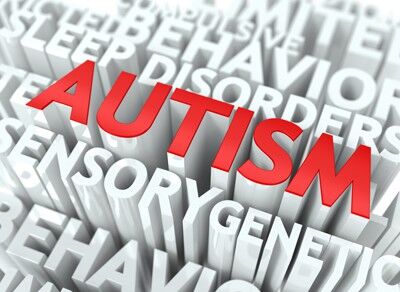 Autism/Aspergers
Autism/Aspergers Depression
Depression Insomnia
Insomnia Learning Disabilities
Learning Disabilities Migraines
Migraines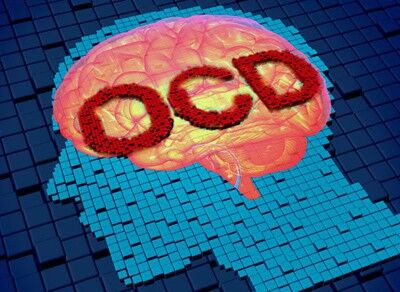 OCD and Obsessive Thinking
OCD and Obsessive Thinking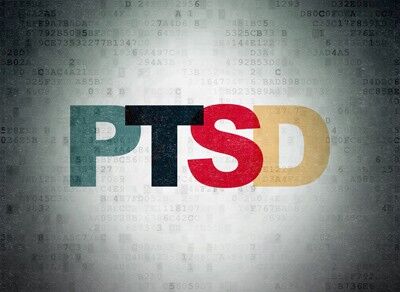 PTSD (Post Traumatic Stress Disorder)
PTSD (Post Traumatic Stress Disorder)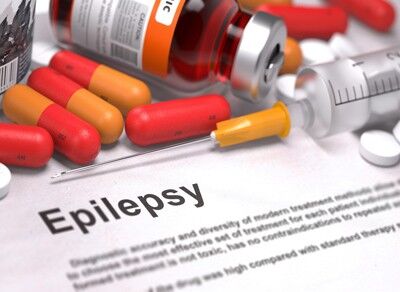 Seizures and Epilepsy
Seizures and Epilepsy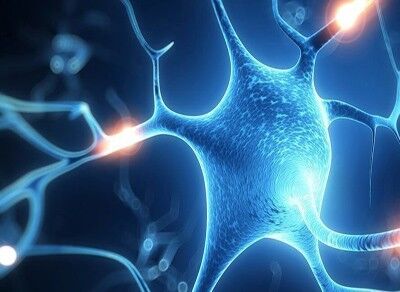 Stroke or Traumatic Brain Injury (TBI)
Stroke or Traumatic Brain Injury (TBI)